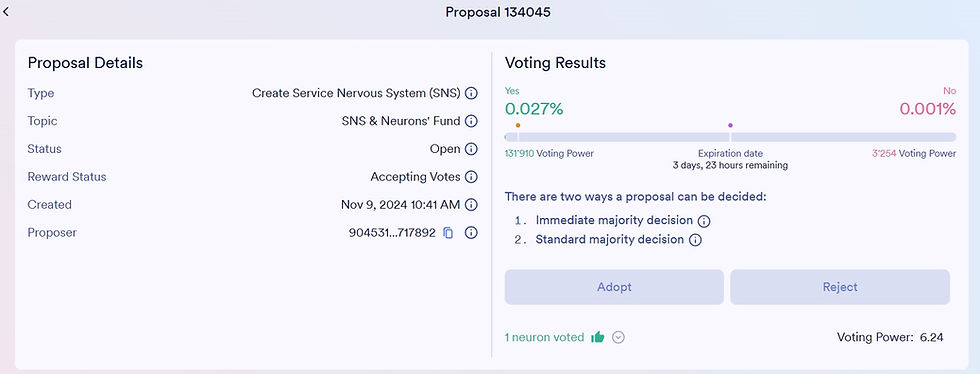Key Considerations for Deploying a Smart Contract Successfully
- EKOKE
- Jun 26, 2024
- 2 min read

Deploying a Smart Contract on a Blockchain
1. Understanding Smart Contracts
What Is a Smart Contract? A smart contract is a self-executing program that runs on a blockchain. It automates predefined actions based on specific conditions.
Similarities to Value Transfer: Just as you send cryptocurrency from one wallet to another, deploying a smart contract involves initiating a transaction on the blockchain.
2. Steps for Deploying a Smart Contract:
Let’s break down the process:
a. Smart Contract Development
Write the Code: Develop your smart contract using a programming language like Solidity (common for Ethereum).
Compile the Code: Compile your code into bytecode that the blockchain can understand.
b. Transaction Creation
Create a Transaction: Similar to sending cryptocurrency, you create a transaction to deploy your smart contract.
Specify Gas: Gas represents computational resources needed for contract execution. Set an appropriate gas limit and gas price.
c. Transaction Broadcasting
Sign and Broadcast: Sign the transaction with your private key and broadcast it to the network.
Miners/Validators Process: Miners (in proof-of-work networks) or validators (in proof-of-stake networks) validate the transaction and execute the contract.
d. Contract Deployment
Contract Address: Once mined, your smart contract receives a unique address on the blockchain.
Interaction: Users can now interact with your contract by invoking its functions.
3. Differences from Value Transfer:
Purpose: Value transfer transactions move cryptocurrency between accounts, while smart contract deployment creates a new contract.
Data Payload: Value transfer transactions carry value (e.g., Ether), whereas smart contract transactions include bytecode and initialization data.
4. Conclusion
Deploying a smart contract involves more than just transferring value; it establishes a new layer of functionality on the blockchain. Keep exploring and experimenting with smart contracts—it’s a fascinating world! 🌟




Comments